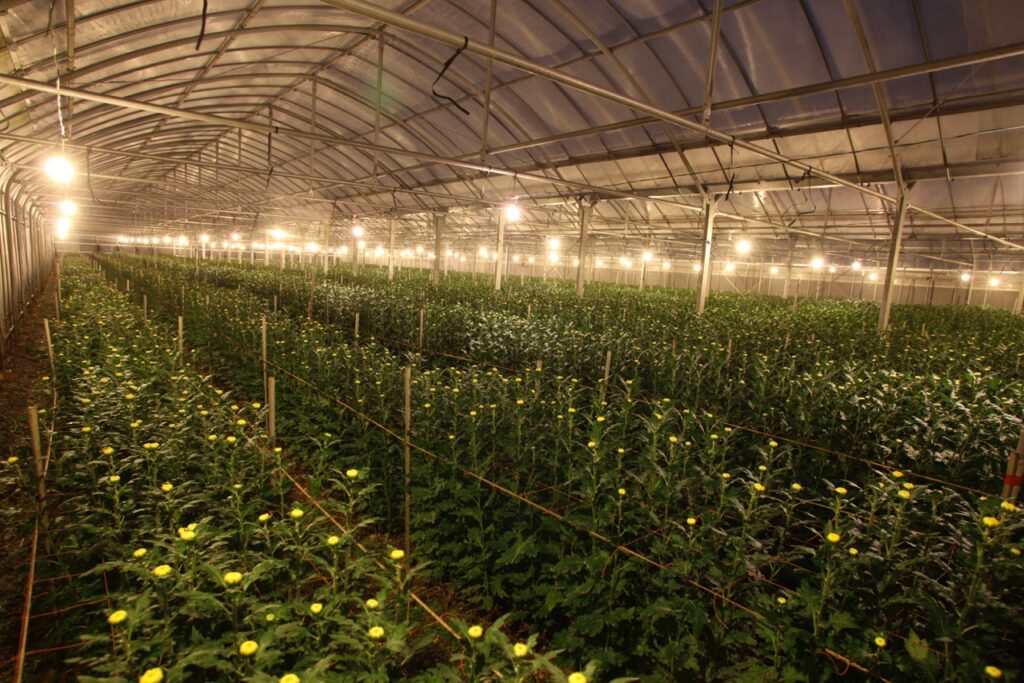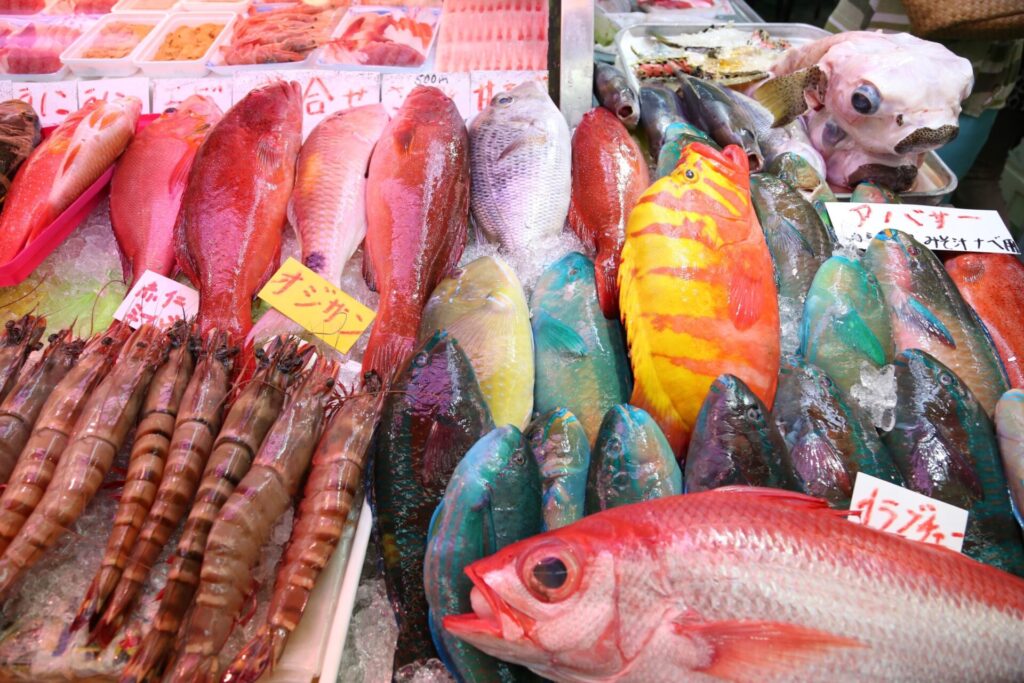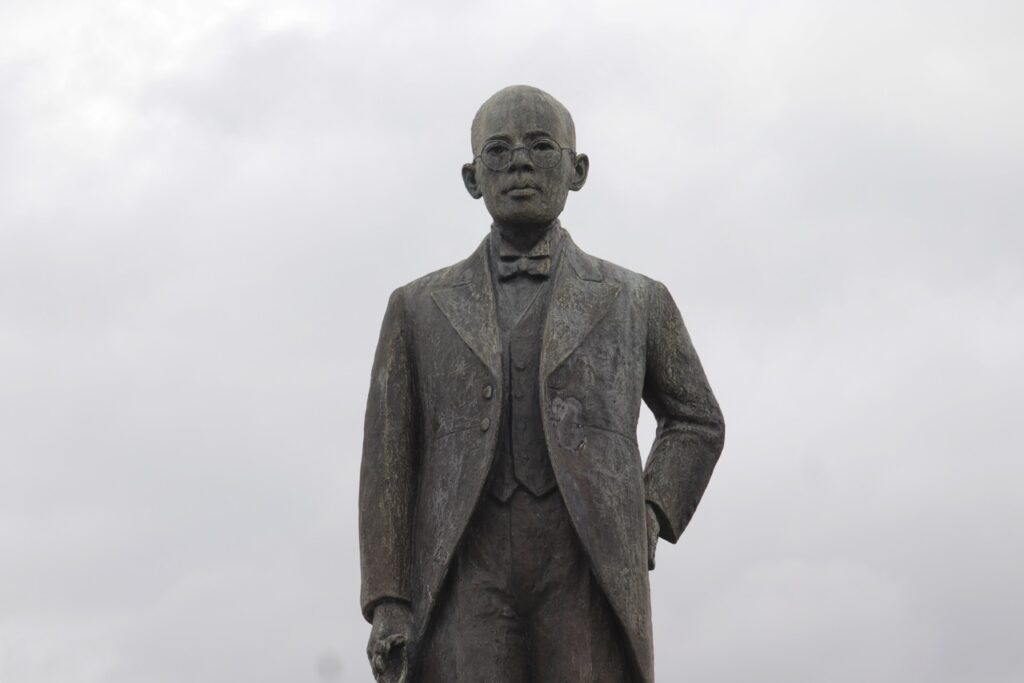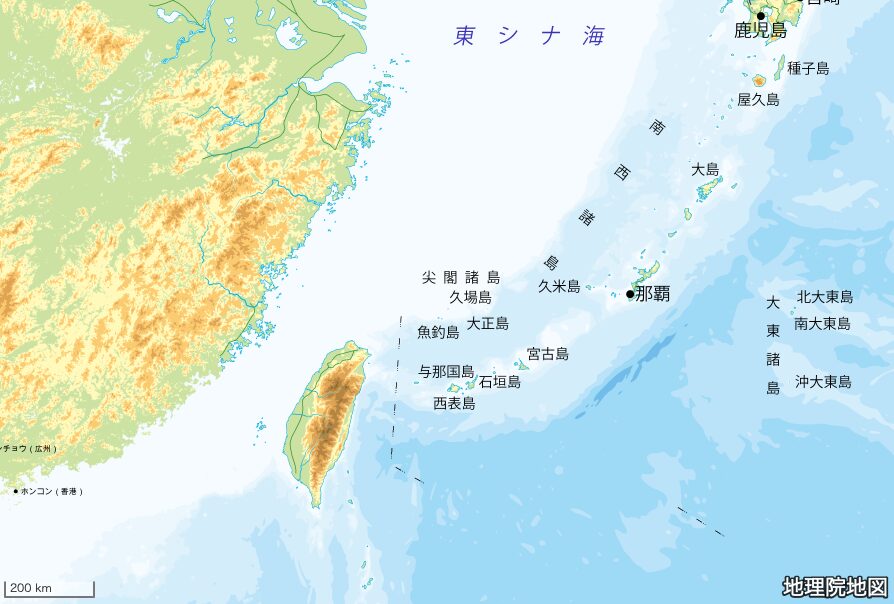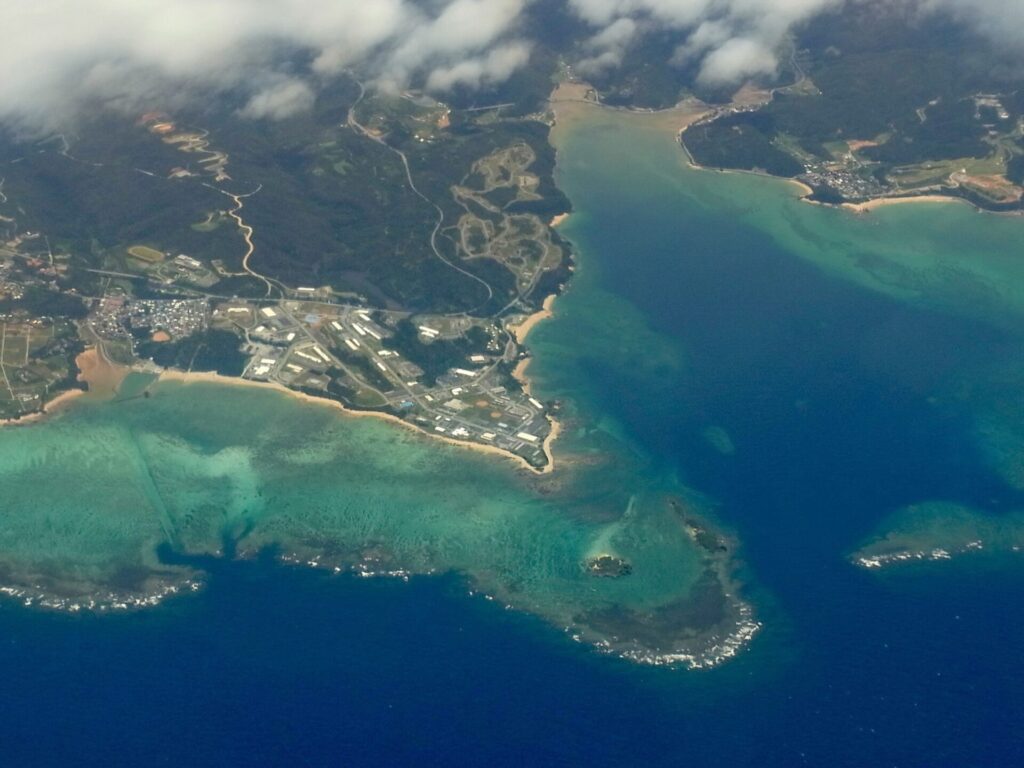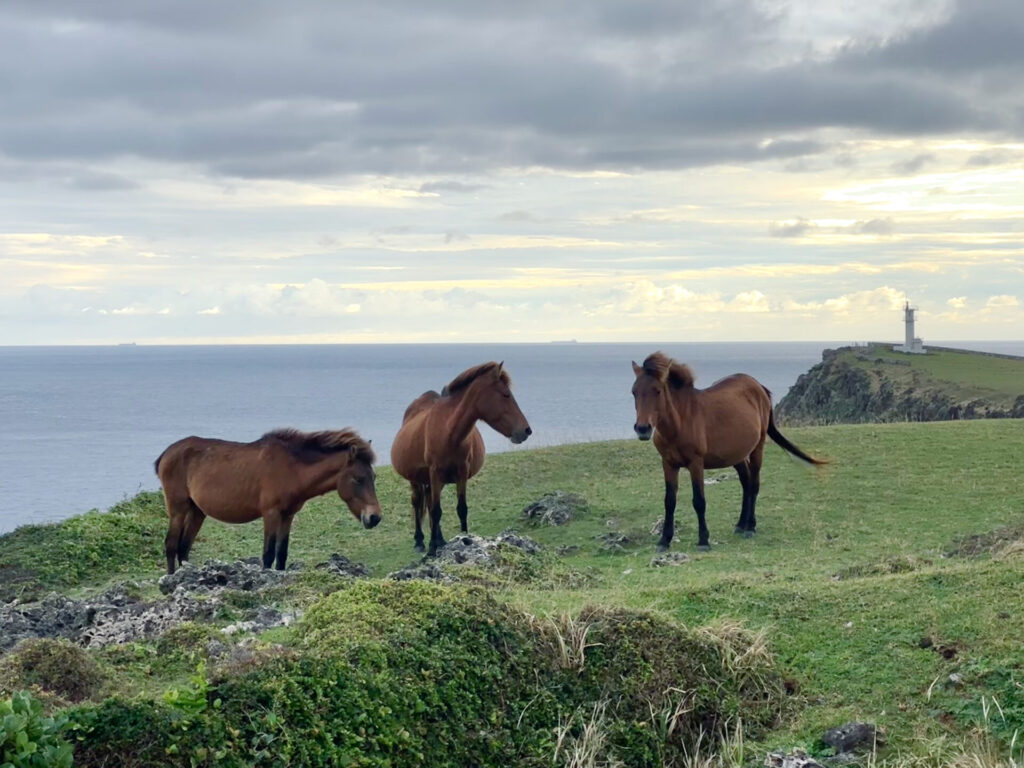Turtleback Tombs

Kikkoubaka, the turtleback tomb, was named after its exterior shape resembling a turtle shell. In my local area, they are called kamenukū; although they can be seen in various sizes everywhere in Okinawa. It is said that they were influenced by South China, and when I traveled by train from Guangzhou to Hong Kong, I saw the same tombs along the railway tracks. Turtleback tombs are ancestral vaults, where the ashes of the deceased are kept in a zushigame1 and arranged in order. Even small tombs have six to eight tatami mats in size (about 10~14 m2.) The tombs are for patrilineal clans known as monchu. Consequently, women who have left the family through marriage cannot be interred in the family tomb.
A particular feature of this tomb is the square hole located in the center, close to the ground, which is an opening to enter the zushigame. The design is in the shape of a woman lying open-legged, whereas the opening itself is equivalent to the birth canal. Hence, people die and travel the same path they were born through.
This concept of recurrence to the mother’s womb is based on a very generous spirit.
The Shīmī in March of the lunar calendar is a major memorial service for the ancestors. Blood relatives gather before the tomb, with flags fluttering in the wind, open jyubako2 dishes and drink beers and awamori together. Songs are sung and dances are danced; it is a delightful picnic event deepening kindred ties in front of the family tomb.
The Battle of Okinawa, fought at the end of the Pacific war, was the only ground war in Japan. The headquarters of the Japanese Army, in the defense of Okinawa, confined itself to the underground ruins of Shuri Castle, claiming it as a “caving strategy.” However, as the American forces landed on the western shore of the central area on the island of Okinawa, the Japanese forces were driven back to the southern tip of the island. For the civilians involved in this flight, the turtleback tombs served as welcome shelters.
To the attacking American forces, the turtleback tomb seemed just like a pillbox. Indeed, Japanese forces used the tombs as a defensive position and placed their gun emplacement in the square opening of the “birth canal.” And as they were besieged, Japanese forces began to chase away the Okinawan residents and lurked in, to make it their own foxhole.
The other day, I met an Okinawan acquaintance and after telling me about his delight in having built his own house, he remarked, with clouds covering his face, “I still have a big task to do.” I listened to him, concerned: given that he is the second son, he has to build a turtleback tomb for his descendants. He said that because of the inevitably skyrocketing land prices, he would need to cover expenses not much less than what he needed to build his home.
Editor’s Note:
- A jar to keep the ashes of the deceased, unique to the Southwest Islands.
- Traditional layered boxes for picnics often used for the New Years celebration in Japan.







